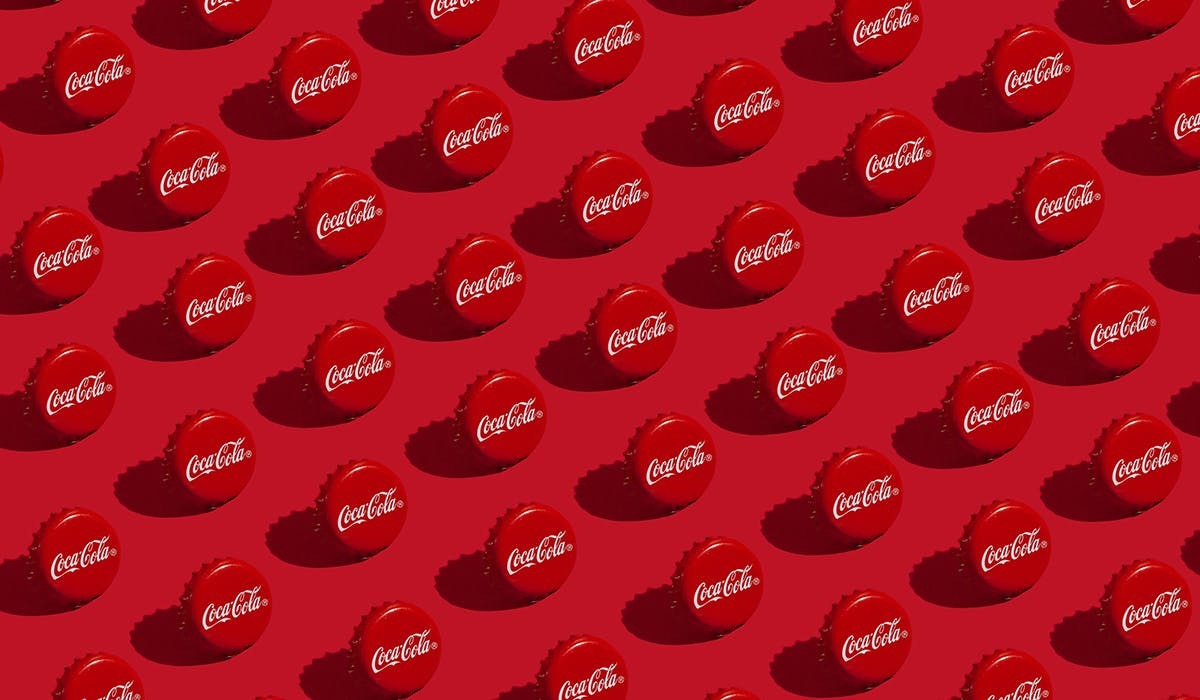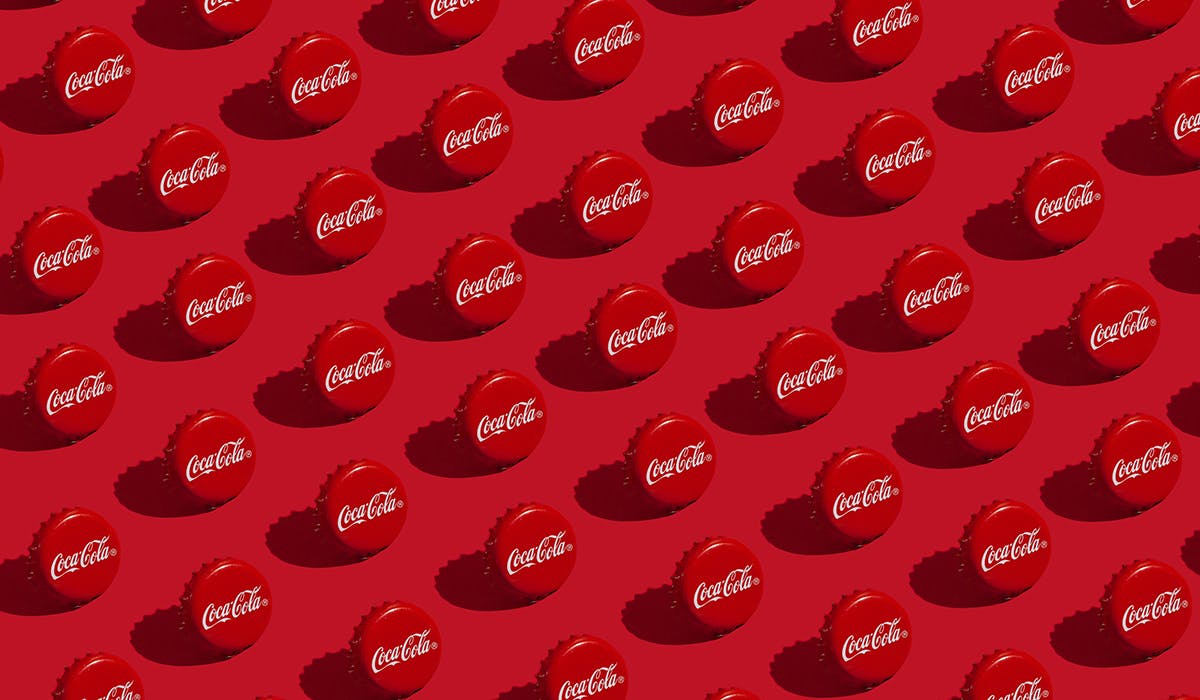 Coca-Cola views marketing investment as a “motor to drive the topline and bottom line”, CEO James Quincey told investors today (24 October).
Coca-Cola views marketing investment as a “motor to drive the topline and bottom line”, CEO James Quincey told investors today (24 October).
In the drinks’ giant quarter three 2023 results, which ended 30 September, it said it had stepped up marketing investment in the period. The company grew organic revenue in the quarter but said the impact on the operating margin was “partially offset” by increased marketing spend.
During the investors’ call today, Quincey was asked by an analyst what the intentions were for Coca-Cola’s level of marketing spend, given it had acted as a “drag” on operating margin.
“I’m not sure I would characterise extra marketing as a drag on results, more as a motor to drive the topline and the bottom line,” Quincey replied.
He said the company’s strategy post-Covid has been to “lean in” to areas where it can drive growth through marketing spend. The company intends to “continue to push” behind that strategy where it can.
Chief financial officer John Murphy concurred that the business has a “bias to continue to reinvest behind [its] brands”. However, both Murphy and Quincey said that “flexibility” in spend was crucial for the company.
2024 will likely bring more surprises, Quincey said, stating that it was important for the company to be agile in its marketing spend to adapt to these changes.
Overall, Coca-Cola sees lots of opportunity for growth, he noted, and is “galvanising” to fully exploit these opportunities. He touted the success of the business’s marketing transformation in making its brands more relevant to consumers.
Coca-Cola credits ‘world class marketing’ as it ups growth forecast
This transformation has included the increased use of digital channels to reach Gen Z consumers in particular. In 2019, Coca-Cola invested less than 30% of its total media spend in digital channels. The company is now spending more than 60% of its investment in digital channels.
It is seeing higher returns on investment from these digital channels, Quincey claimed.
Generative AI is playing a greater role in consumer- and non-consumer-facing activities. For example, last month the company launched a flavour of Coca-Cola, partly designed by AI. Internally it is using generative AI for activities such as market research and insight, Quincey said.
The business grew net revenues by 8% in its third quarter, while revenues for the period were around $12bn (£9.82bn). The “solid” performance for the quarter means the business will be upgrading its guidance for its full-year; although, it would not specify by how much at this stage.
Across its portfolio, Coca-Cola saw its volume sales increase by 2%, despite price increases. It reported the price mix grew by 9%. Price mix refers to changes to prices of products as well as the mix of products and packages sold.
However, in the EMEA region, volumes declined by 1%; price mix grew by 19%, something which Coca-Cola attributed partly to the hyperinflationary markets included in the region.
While price mix has played a big role in driving sales growth for Coca-Cola in recent years, amid inflation, Quincey expressed optimism that there was still room for the company to diversify the products it sells.
He was confident that there is plenty of opportunity for the company “to leverage greater pack diversity”; whether that’s in more premium packaging or packaging that lends itself to different consumption occasions.
Lire l’article complet sur : www.marketingweek.com



Leave A Comment